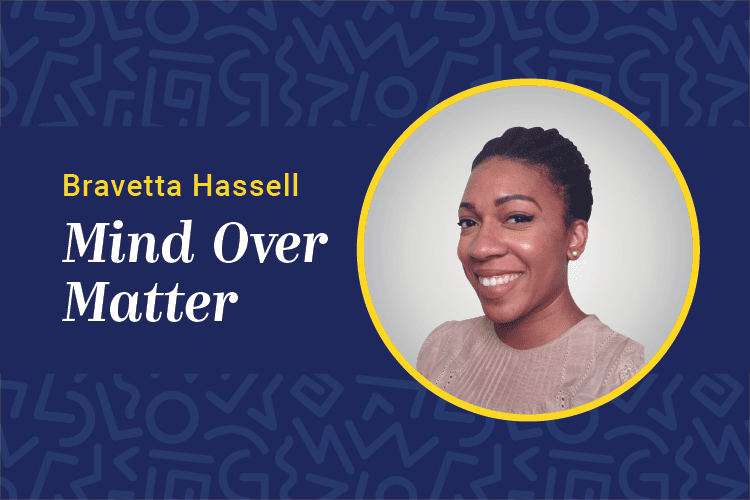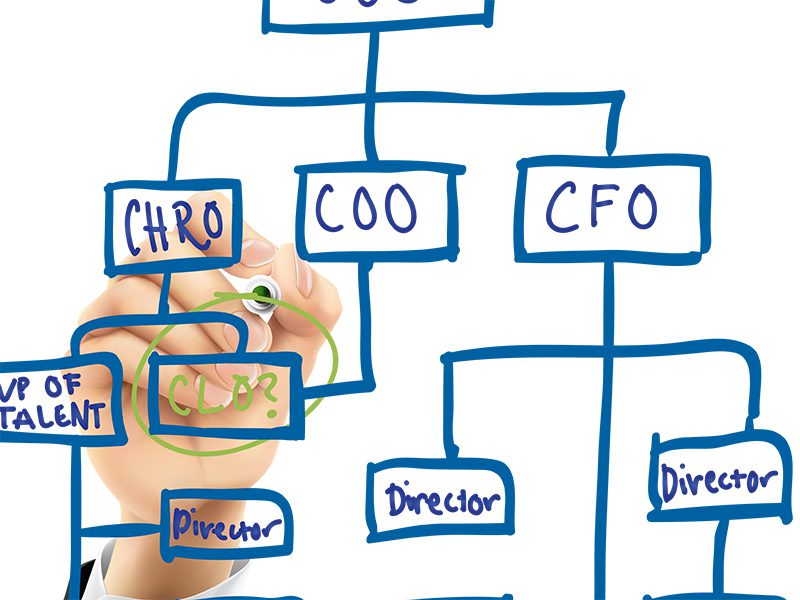 Lucy Dinwiddie has worked under many organizational structures over her career in learning, but in a majority of cases, learning has been housed within the human resources function.
Lucy Dinwiddie has worked under many organizational structures over her career in learning, but in a majority of cases, learning has been housed within the human resources function.
Considering how knitted — and today increasingly so — learning and development is to what it takes for an organization to fulfill its business plan, this common relationship simply makes sense, said Dinwiddie, chief learning officer at Bechtel Corp. The company’s strategic objectives have implications for talent management — building organizational capabilities or individual competencies, and creating new areas of expertise and innovation that, when processed as human resources needs, can be addressed with talent strategies that often include a learning component.
Get Close to the Action
As apparent as the synergy is between learning, talent management and human resources, Dinwiddie said she can understand any CLO’s interest in having a direct line to the CEO. In such a position, learning leaders are closer to hearing about business needs and challenges. They’re also closer to the business plan that’s ultimately put into action through the company’s people and their skills and knowledge. Additionally, funding may come easier when learning is that close to the business because leadership can more closely see and hear about more often learning’s contribution.
“Legal, finance, HR. We all say we want a seat at the table,” Dinwiddie said. “But it’s a dodge to say if ‘I don’t have a seat at the table I’m not connected to the business.’ ”
She said it’s good practice to meet regularly with business function leads and key leadership to make sure learning’s work is aligned to the business strategy. No matter where a learning leader sits in relation to the CEO, they have to work to be connected to the business. And that puts learning leaders square in the middle of identifying, developing and retaining talented employees.
At Choice Hotels, learning for internal associates resides in HR, where there is a focus on hiring, growing, developing and training talent. But another part of the company’s learning can actually be found in strategy, said Tim Tobin, dean of Choice University, who reports to the HR function’s senior vice president.
From this vantage point, learning is used as resource to help the company’s franchisees realize greater benefits to the businesses their running, which will ultimately bring greater value to Choice Hotels. Tobin said he thinks this structure sets the stage for how all learning leaders should think about learning regardless of where it falls in the organization hierarchy.
“We in the learning profession need to be strategic minded,” he said. “We need to ask questions and be involved and understand where does the business want to go and how can learning help us get there.”
Directly tied to the strategy aspect of the business, Tobin has no other choice but to ask these questions every day. It helps him focus on the more important priorities as opposed to losing time on peripheral projects that improve neither the business nor the people who operate it.
If learning leaders aren’t taking a critical eye to their work or asking whether a given solution is actually making the company work at a higher level, they shouldn’t expect learning to be taken seriously as a profession that adds value to the business. Worry about learning’s position in the organization chart less, concern yourselves instead more with engaging colleagues and peers and working across all aspects of the organization, Tobin said.
“To me, what becomes most important is that leaders see the value of learning and how it can positively impact the business.” Left to their own devices, leaders might not necessarily see it, he said. “It is our job as learning professionals, wherever we are in the organizational structure — to be able to demonstrate that value.”
He said he thinks it is important that learning leaders now and in the future see themselves almost first and foremost as performance consultants who happen to have a deep expertise in learning or talent development. These leaders have the ability and skill set to have a conversation across the company — if, as in many cases, learning is housed in HR, it isn’t enough for the CLO to know what the HR leaders want. Learning leaders need to work across the business functions, asking questions and listening, to begin working strategically to add to what the different lines of business are doing.
Tobin remembered once at a different organization when a team asked the learning organization for its help with enhancing its culture. The team had some workshops in mind they wanted learning’s help with delivering.
“My response was, ‘Let me first say, yes we can. But if what you’re trying to do is build a culture, then workshops by themselves aren’t going to do it. We need to start thinking about what we can do on a more frequent and regular basis, perhaps on a daily basis, that’s going to get the culture message out in front of all of our employees,’ ” Tobin said.
These types of conversations can’t take place without some relationship building across the company, wherein learning leaders get to understand the various functions by working with their peers and colleagues and asking about their top business priorities and how learning can contribute to them.
Tobin likes to think about learning as the engine that fuels the culture and performance of an organization, and because of that influencing potential across all areas of business, learning leaders reporting directly to CEO or reporting to HR, “really can’t leave any stone unturned.”
The necessity of working together is key, Dinwiddie said. Learning leaders must choose to collaborate with their colleagues if, for instance, the learning organization is housed within HR. In the quest to have power, functions driven by a scarcity mindset may cordon themselves off from collaboration. If the belief that one initiative progresses to the detriment of another doesn’t create an adversarial relationship, it surely creates silos. Neither of those drive positive business results.
“Whether it’s being with the business or it’s partnering with HR, the one thing I’ve come to appreciate in my many years of working is you need to go in as partners and you need to go in with respect and you need to go in with a mindset of what’s best for the organization, not what’s best for my learning budget,” Dinwiddie said. To work in isolation is to suboptimize, she said.
An Informed Choice
One way learning leaders can make that connection is through a governance board. Learning governance can elevate the learning function’s ability to add value to talent management by enhancing CLO decision-making. Rather than just the learning leader making key decisions on their own, they’re pooling the perspectives of a select group of people.
Executive leadership veteran and former General Mills Chief Learning Officer Kevin Wilde said there are fundamentally two types of governance approaches:
- A light version in which a group of people is assembled to give input and perspective only. The group could consist of representatives from every function or every geography, for instance. In this scenario, the CLO holds the decision rights.
- In a deciding board, members co-own the learning strategy, deciding upon and getting as close as possible to allocating corporate resources to initiatives.
The size and style an organization follows takes into account a number of factors, including the organization’s strategy, how the learning organization is structured and the maturity of the learning organization.
“Learning governance is a smart thing to do,” Wilde insisted. “More people are seeing this.”
Conferring or partnering with a learning governance board, CLOs can lead in a way that is bigger than the sum of the parts, he said. “We can collectively view things, coordinate things and prioritize things, and that’s going to have a bigger impact on the organization and make a bigger contribution.”
Read More: So You’re Thinking About Learning Governance
The workforce is evolving, and learning leaders can look in any direction and see this, Choice Hotels’ Tobin said. From the global advances in technology, to the implications of a multigenerational workforce and other realties, together these things are simultaneously having a significant impact on how learning leaders need to think about their work.
“We can’t just roll out training the way we used to and think ‘OK. We checked the box.’ And I think organizations will continue to check the box because that’s the path of least resistance,” Tobin said. “But if you truly want to be transformational and utilize learning and development to move the business forward … be strategic.”
Leaders will need to pay attention not just to environmental cues and trends but the internal resources their companies possess — what Tobin calls the operational realities of a particular organization.
The learning leaders who will win the battle of learning, will be the ones who do those things, and will create and reinforce the value of learning by working strategically across the organization and not just within their given place on the organizational chart.
Bravetta Hassell is a Chief Learning Officer associate editor. Comment below, or email editor@CLOmedia.com.












